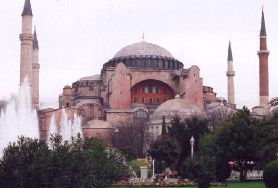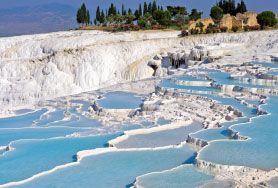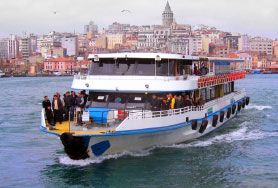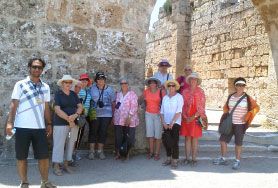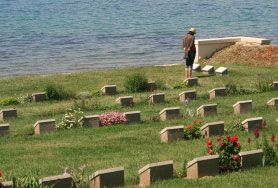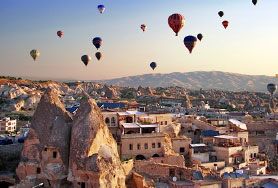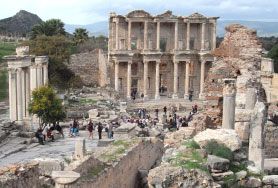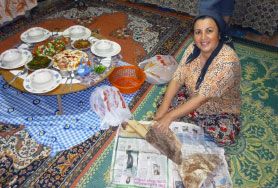
Ephesus is located approx 3 kilomtres southwest of present day Selcuk. The name comes from Ephesos (Greek) in Turkish Efes and originally was from the Hitite name of Apasa. Recent excavations have unearthed settlements from the Bronze Age. According to Hittite sources, the capital of the Kingdom of Arzaea was Apasa. In 1954 a burial ground from the Mycenaean era (1500-1400BC) was discovered close to the ruins of the Basilica of St John.



